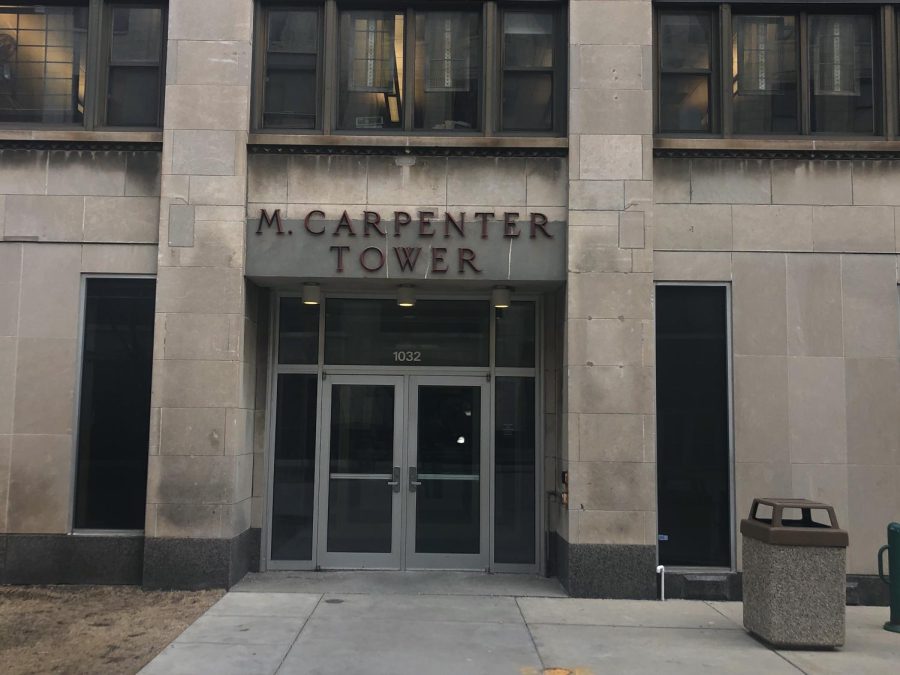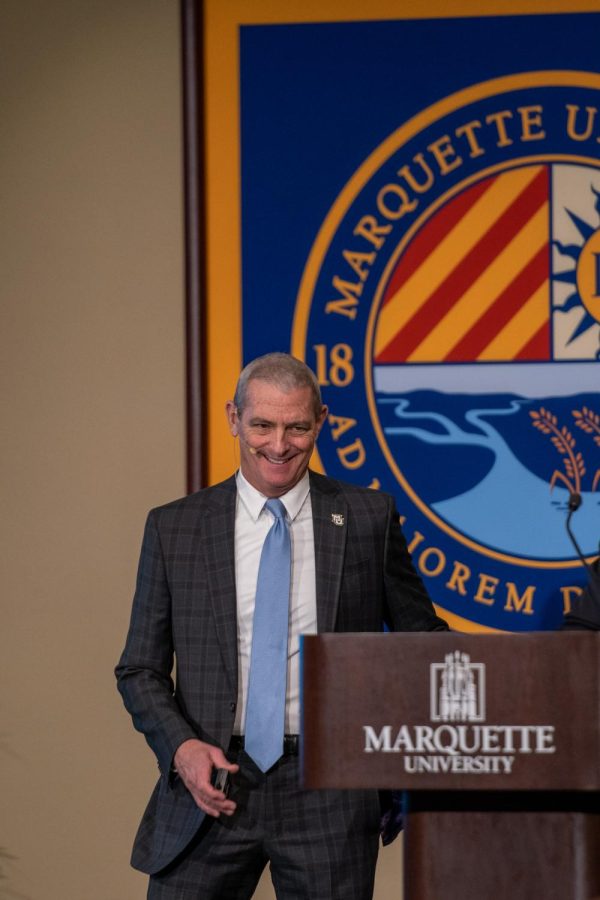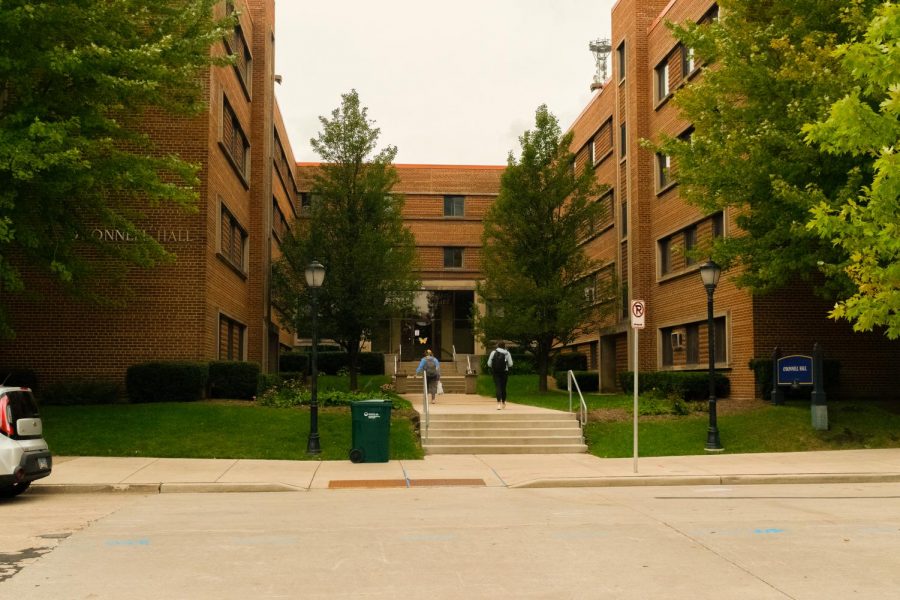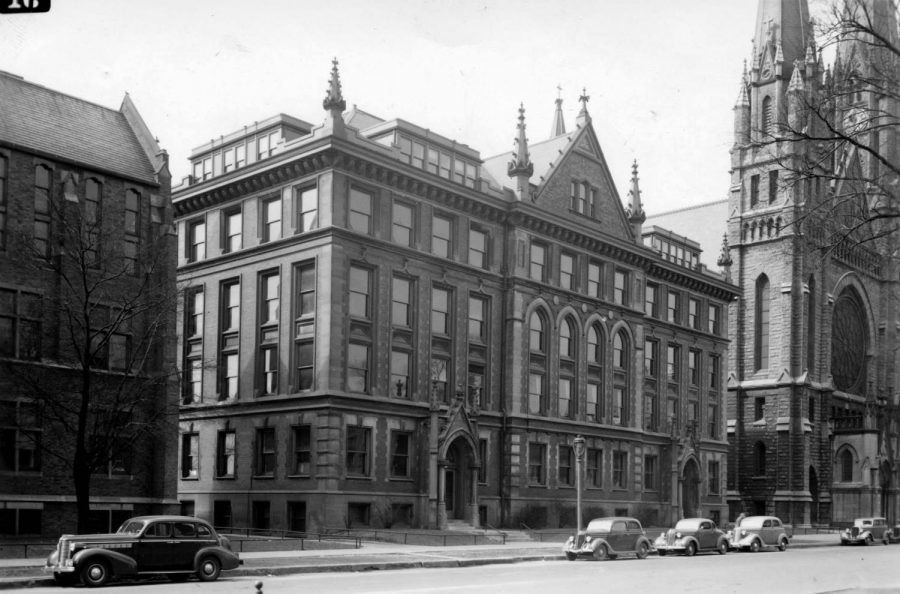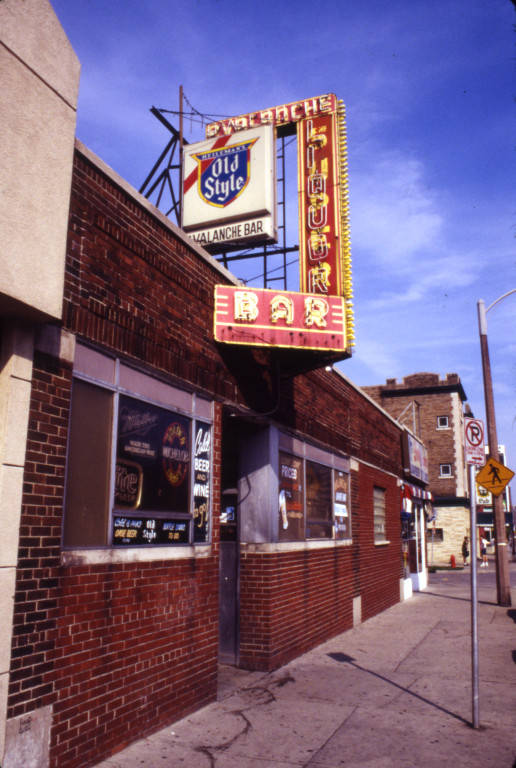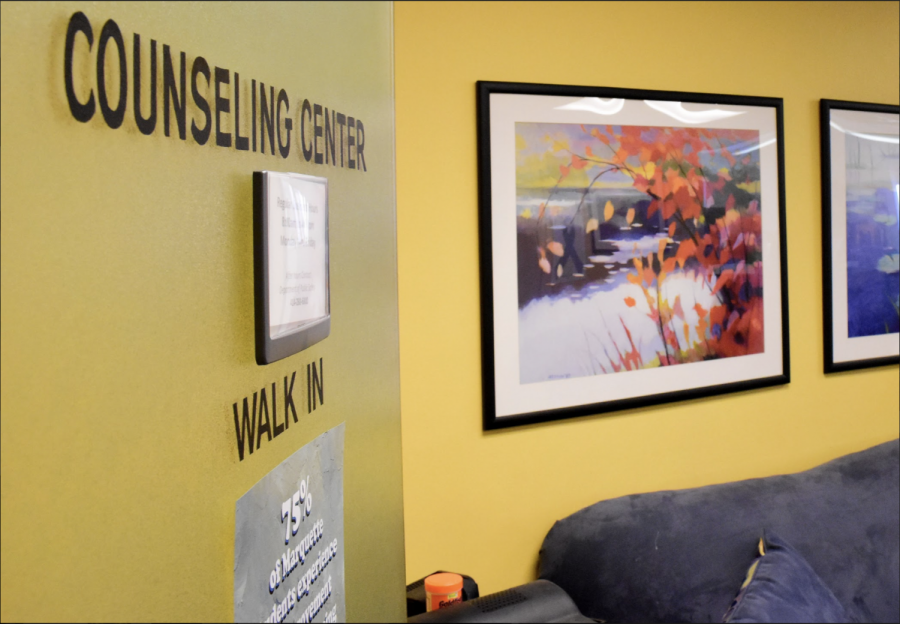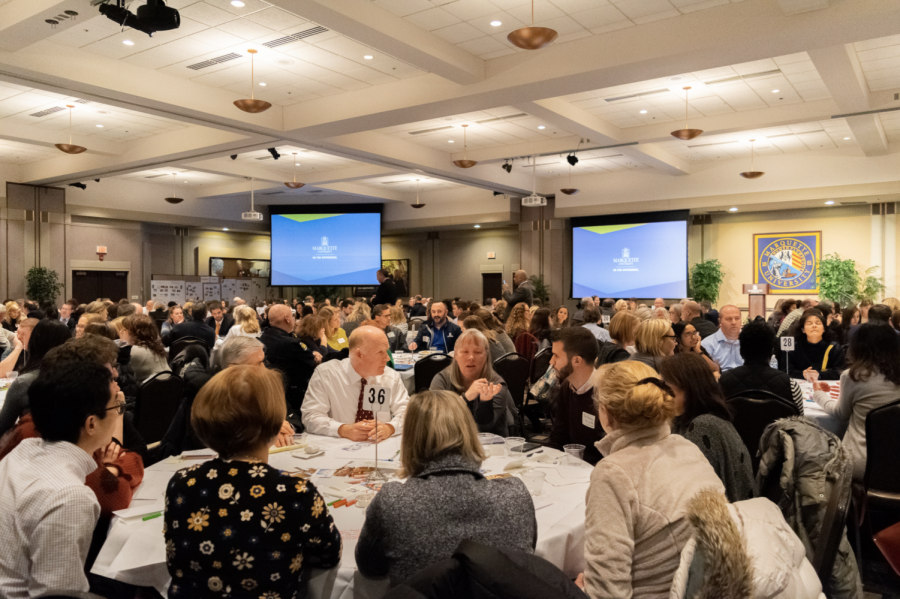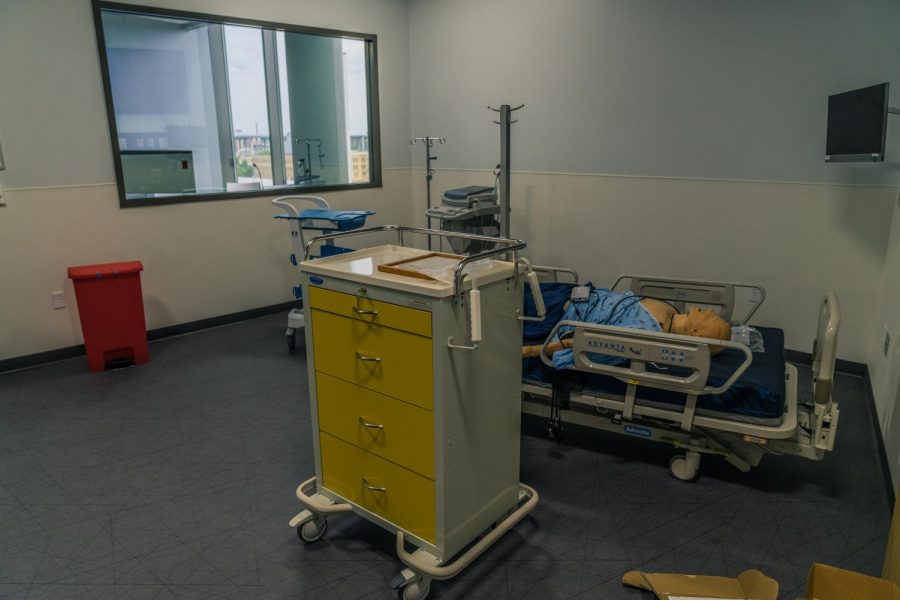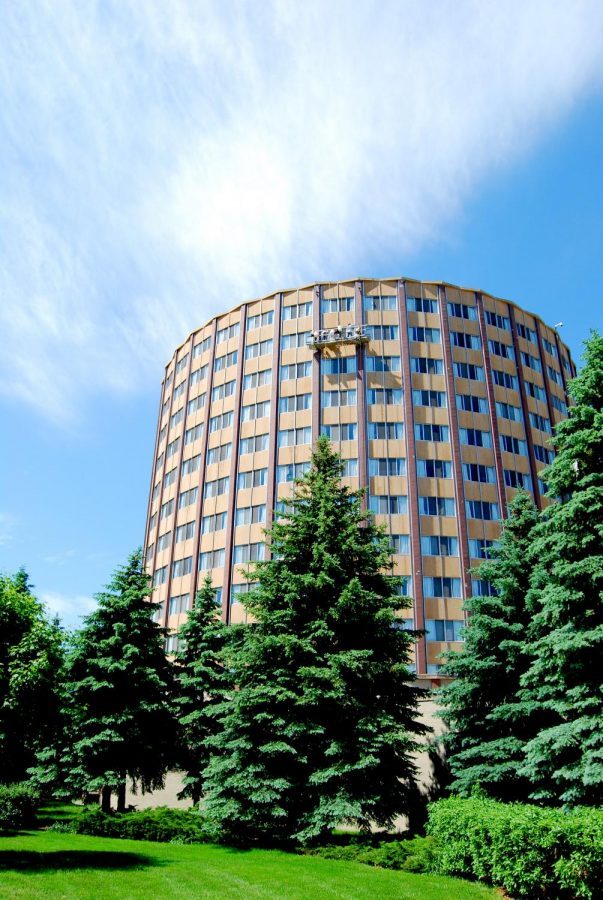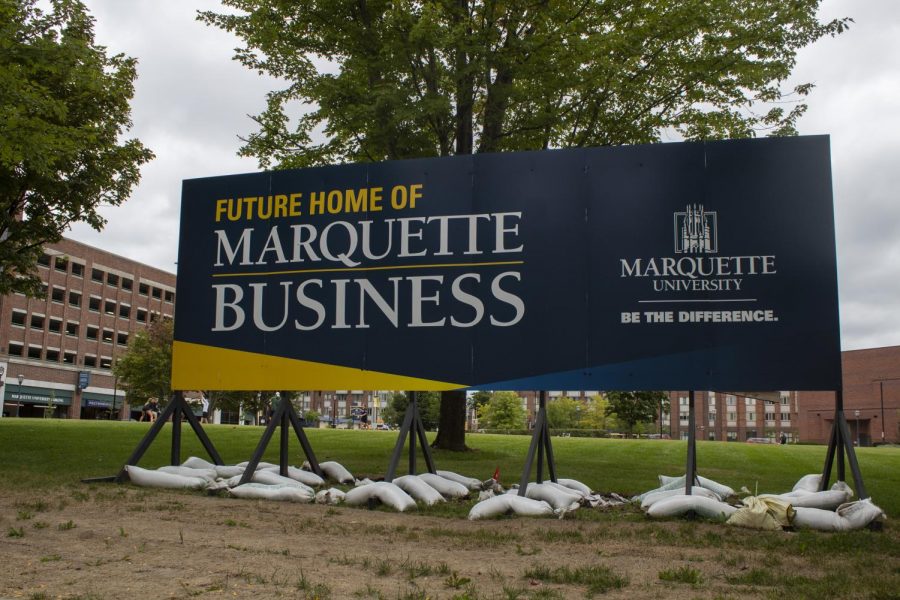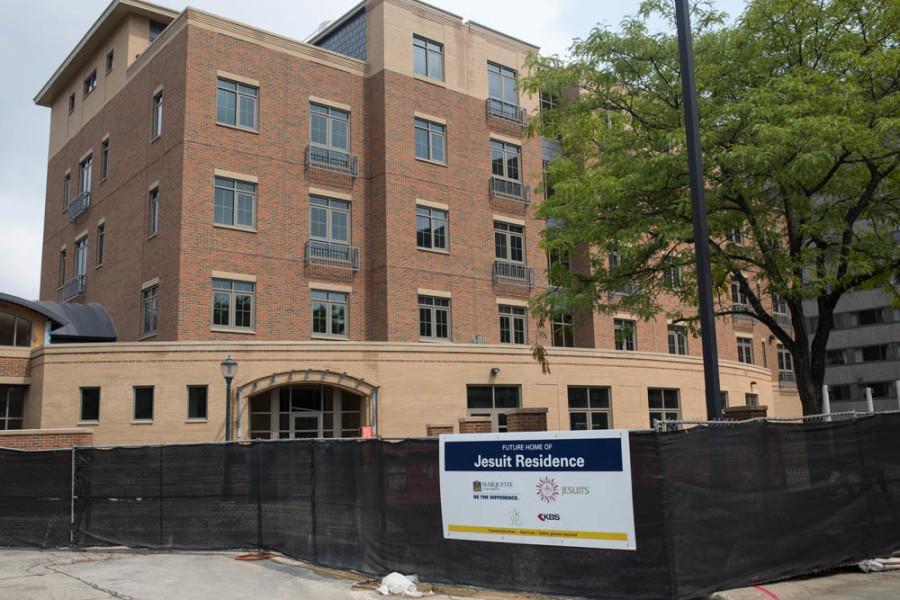The type of college experience students have at Marquette University can largely be dependent on the type of access they have to different spaces on campus. And sometimes, students may find that access is not equitable.
Recently, the university has announced several future campus development plans.
In his 2022 presidential address, University President Michael Lovell shared plans to transform the Helfaer Tennis Stadium and Recreation Center into a Wellness and Recreation Facility. Additionally, the new Business Administration building, which will occupy the space where McCormick Hall previously stood, is set to be completed in December 2022.
Lovell also announced Feb. 26 that alum Marcus Lemonis donated $15 million to create the Lemonis Center for Student Success.
While these developments will support future students, Marquette should make efforts to increase the accessibility of academic buildings and the livability of residence halls that students are currently using on campus.
Many academic buildings are marked on the Campus Master Plan as being between the “evaluation” stage and the “major repair” stage, such as Cramer Hall, Straz Hall and the Wehr Sciences buildings.
Many students, faculty and staff who utilize these buildings may like the diversity across their exterior architecture but want to have updated features inside.
If the university intends to keep these buildings, investing in projects to improve accessibility is important. This can entail assessing the number of accessible stairways and elevators, bathrooms and automatic doors.
Last May, the university announced it would be adding light and HVAC improvements to Lalumiere Hall, which has been marked as needing “major repair” since Marquette adopted its Campus Master Plan in 2015.
Marquette should pursue more projects like this in the near future. Marquette community members who use these buildings shouldn’t feel that their learning or teaching experience is vastly different from their counterparts in newer buildings like Engineering Hall or the soon-to-be business building.
Additionally, the living experience of students may look drastically different depending on where they live. Several residence halls don’t have air conditioning, like Carpenter Tower and Schroeder Hall, and many don’t have working automatic doors, ramps or accessible private bathrooms. Although many of these buildings were built before the 1990 Americans with Disabilities Act was passed, which required public and private spaces to provide accessible means and accommodations to people with disabilities, Marquette should take its own action to update these spaces.
Current residence halls and academic buildings need to be invested in. Students are paying a lot for their college experience at Marquette, and the campus environment should reflect their investments.
Marquette should look at The Commons’ livability and accessibility to update other living spaces. This is especially important considering the Gilman Building, which the university owns, is labeled as needing “major repair” and Humphrey Hall, Mashuda Hall and Carpenter Tower are orange in between “evaluation” and “major repair” on the Campus Master Plan.
While the university should seek out donors who can fund these projects, alumni also have a responsibility to invest back into these buildings, and reflect on their time at Marquette.
Although pursuing new building projects will benefit future students, investing in the infrastructure we have now can help current Marquette students, faculty and staff.
Current students’ voices should not be lost or ignored.
The experience students have at Marquette should be diverse, but the spaces they occupy should create equitable experiences.
Editorial topics by the Marquette Wire are decided at weekly meetings between members of the executive board. The editorial is crafted with leadership by the executive opinions editor. The executive board consists of the executive director of the Wire, managing editor of the Marquette Tribune, managing editor of the Marquette Journal, general manager of MUTV, general manager of MUR and ten additional top editors across the organization.

